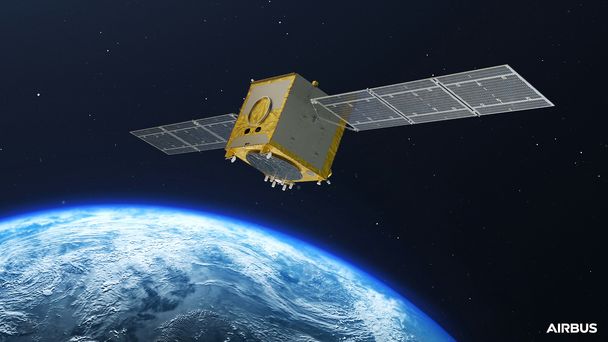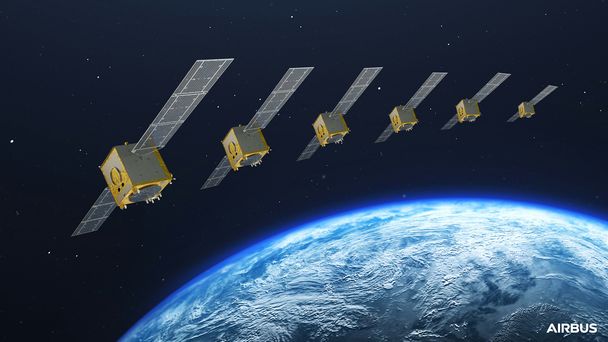New Airbus satellites will navigate Galileo into the future

The world’s most accurate positioning system, Europe’s Galileo, is moving to the next level with design and manufacture of six Galileo second generation spacecraft at its new satellite integration centre in Friedrichshafen, Germany.
Europe’s navigation system
Galileo, the European version of GPS, came about at the beginning of the year 2000. Since 2016 Galileo has been providing world-wide services with better than specified positioning and timing accuracy, matching and even surpassing that of GPS. The Galileo programme is now reaching the full constellation deployment and is entering into the full operational capability phase. However: The world of navigation is changing, driven by rapidly emerging and changing user needs (availability and reliability), a growing number of security threats (jamming and spoofing) and the evolution of other navigation systems. If the Galileo system were to retain this status quo based on a more than 15 year old design, it would not be equipped to meet future user needs, nor cope with new security threats.

The next generation…
So it’s time for an innovative new set of Galileo spacecraft, which Airbus has started building. The new Airbus satellites will improve the accuracy of Galileo as well as the robustness and resilience of its signal, which will be key for the upcoming digital decade. They will provide new capabilities relying on highly innovative technologies such as digitally configurable antennas, inter-satellite links, new atomic clock technologies and fully electric propulsion systems. The new spacecraft will also be more flexible and reconfigurable in orbit to satisfy the expected evolution in end-user needs.
Once in orbit, they will offer increased service availability, including strengthened protection against cyber-attack enabling the addition of new user services notably in the security and safety-critical domains. Airbus’ extensive know-how in this field is a unique enabler for delivery in the challenging timeframe set out by Europe.
Weighing around 2.3 tons, each satellite is designed to operate for about 15 years. The state-of-the-art and all-electric medium-Earth orbit (MEO) platform from Airbus, reuses flight proven building blocks from our Telecoms and Earth Observation programmes, taking advantage of a unique combination of heritage and in orbit experience. The flexible and modular navigation payload solution with future growth capability is also based on telecom elements for beam forming and signal generation.
For a new era
Galileo’s second generation will enable faster signal acquisition for navigation devices such as smartphones and will provide faster access to services. This will enable many new devices to offer positioning capabilities e.g. for emerging self-driving cars and other autonomous vehicles such as drones.
In addition, Galileo second generation will offer enhanced services for search and rescue, including two-way communications to the user and a new emergency warning capability that will enable authorities to warn users in affected regions of imminent dangers such as tsunamis or earthquakes.
In short, Galileo second generation is a key milestone in European satellite navigation services that European citizens and the billions of users of Galileo services around the world will benefit from, powered by Airbus know-how.
